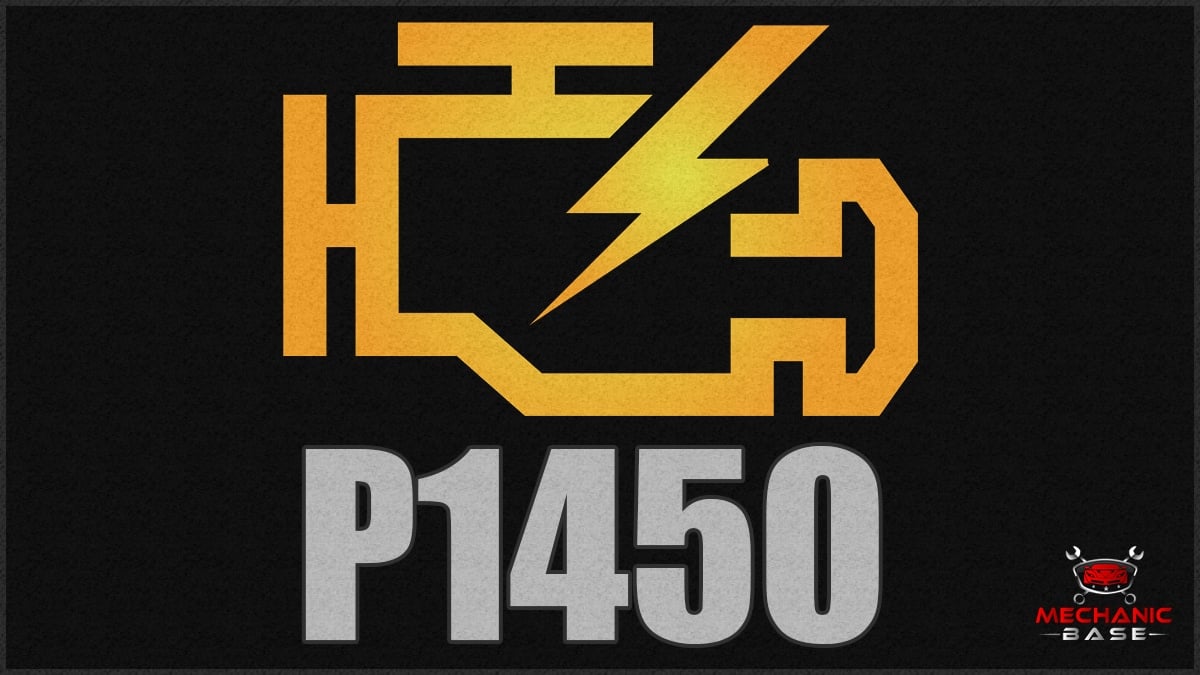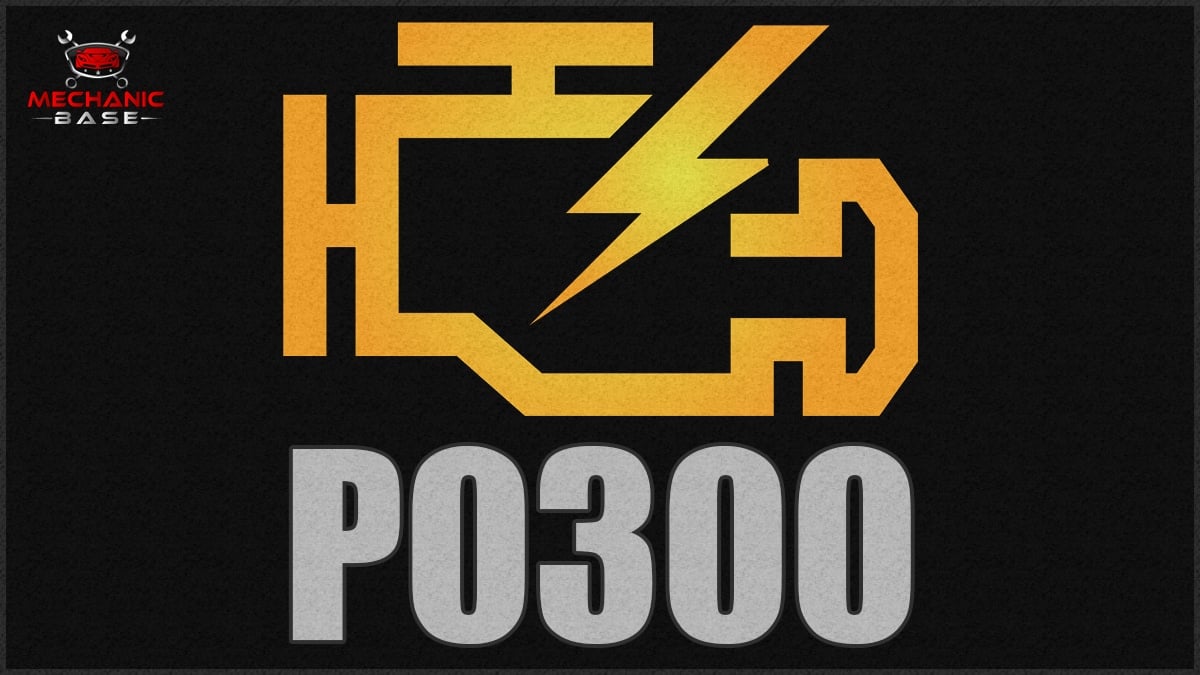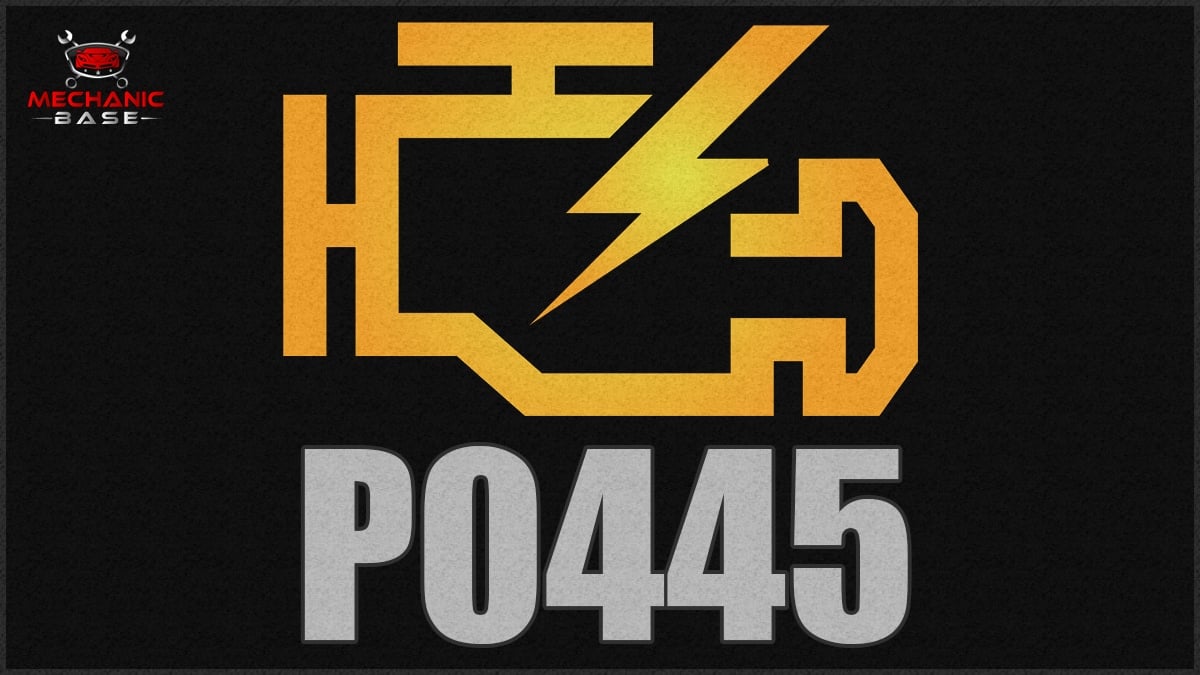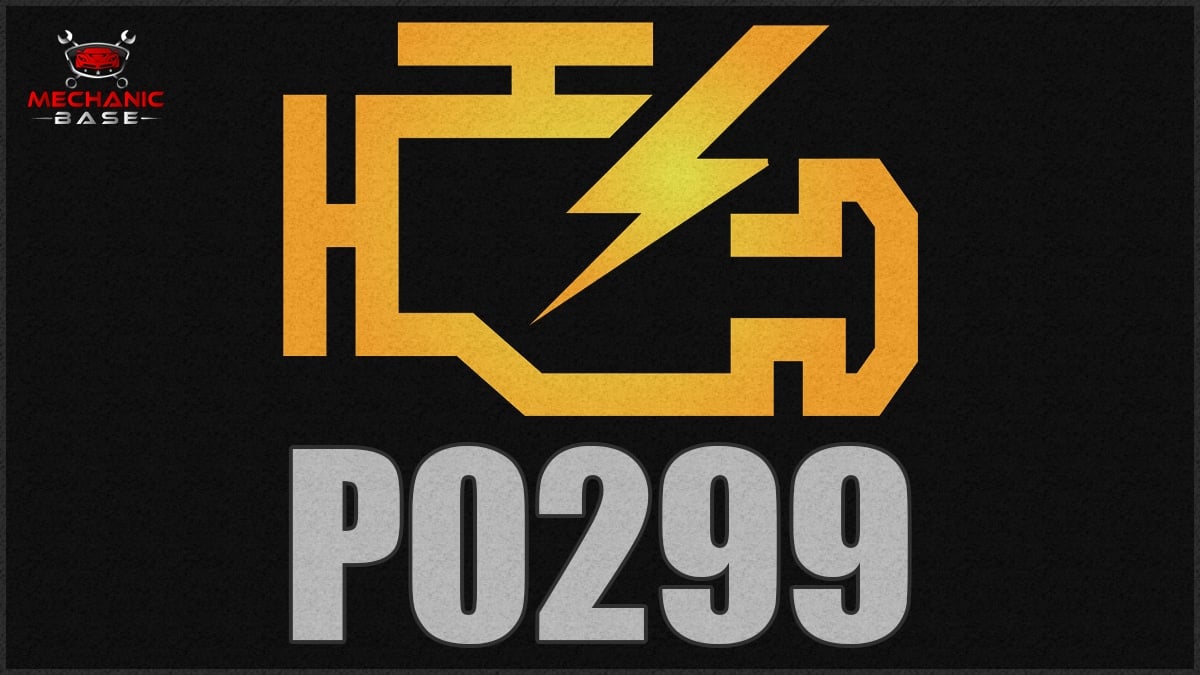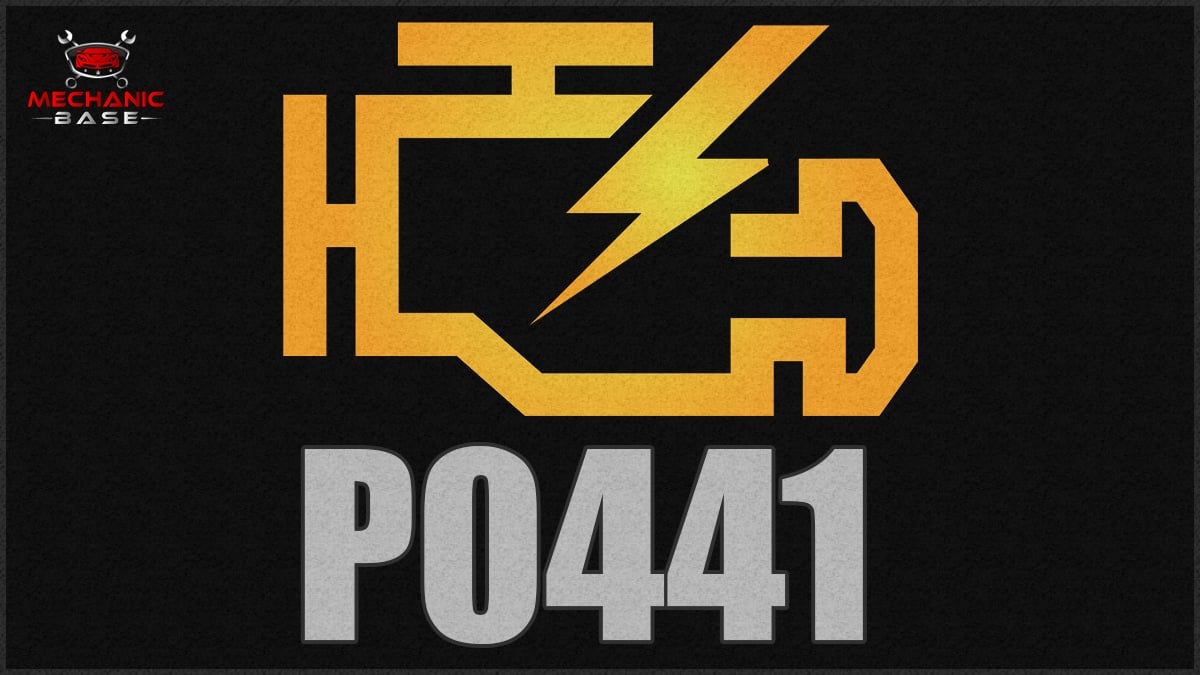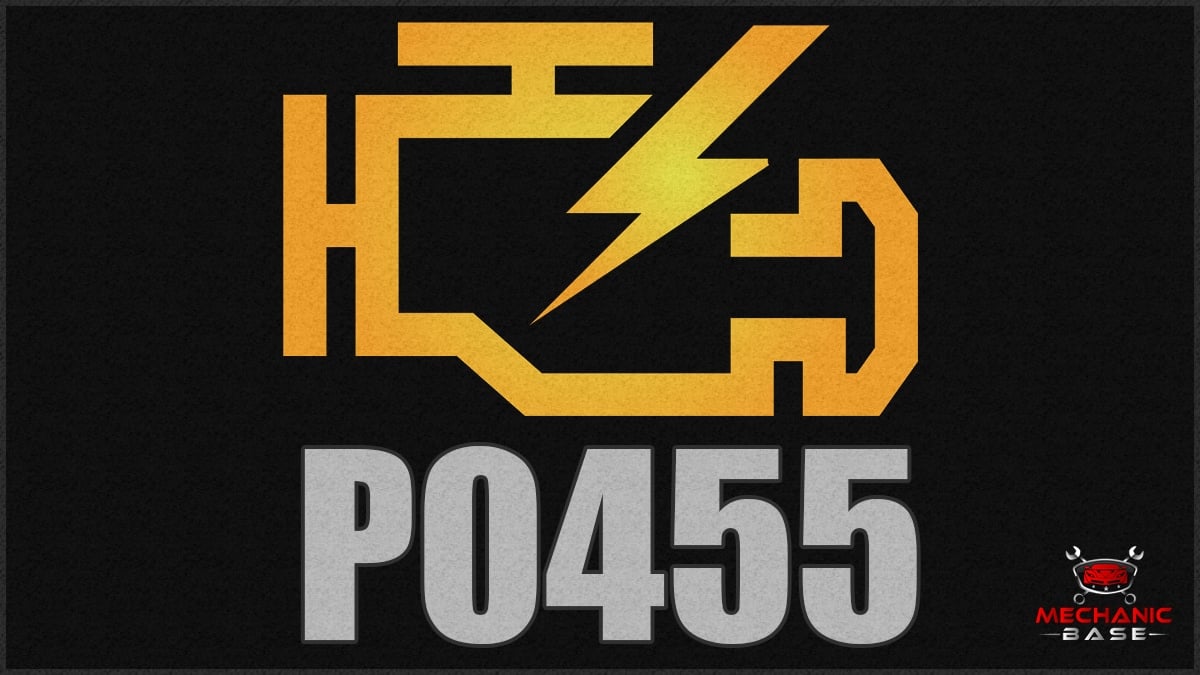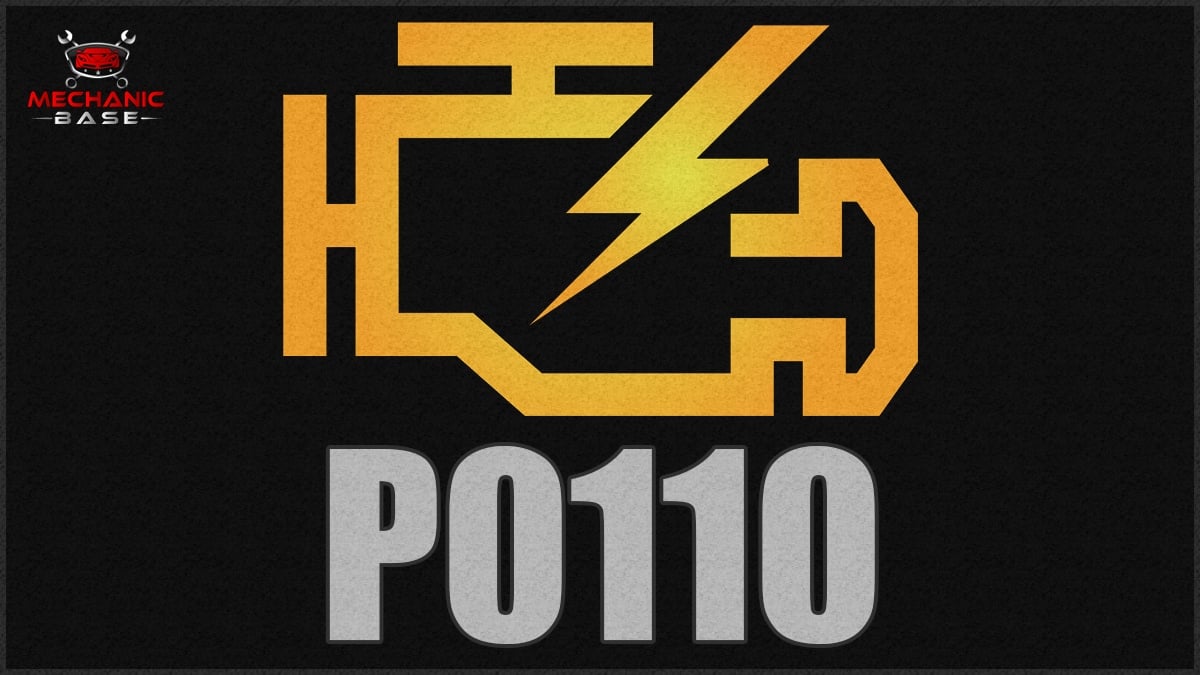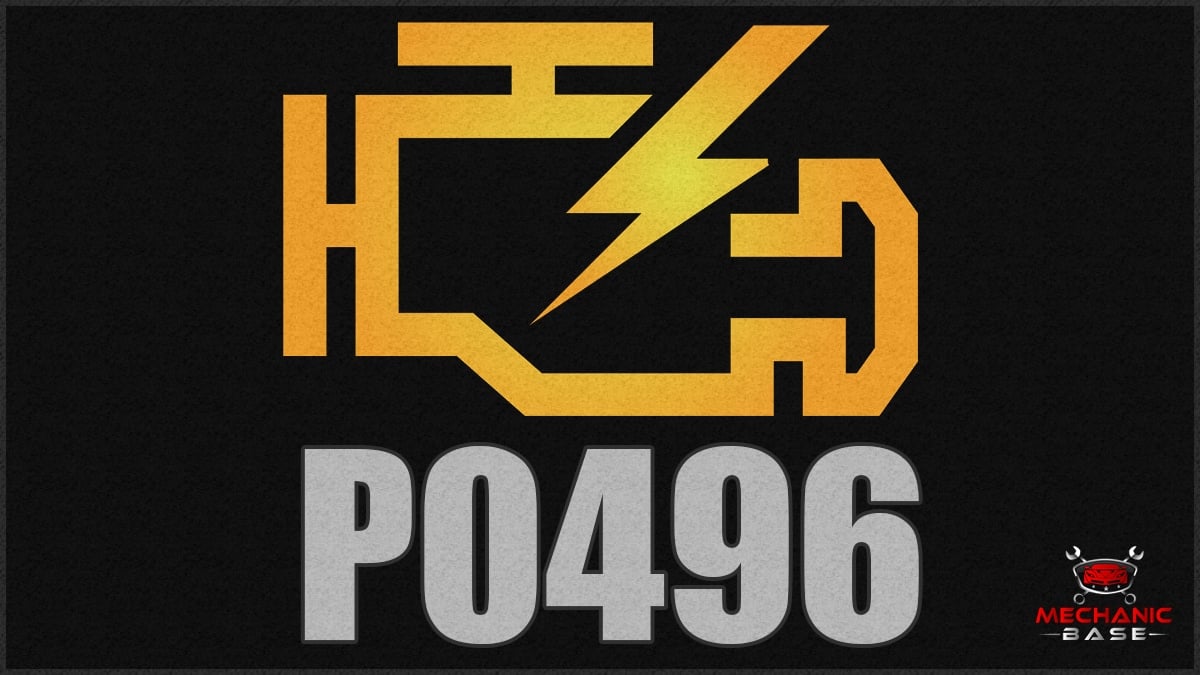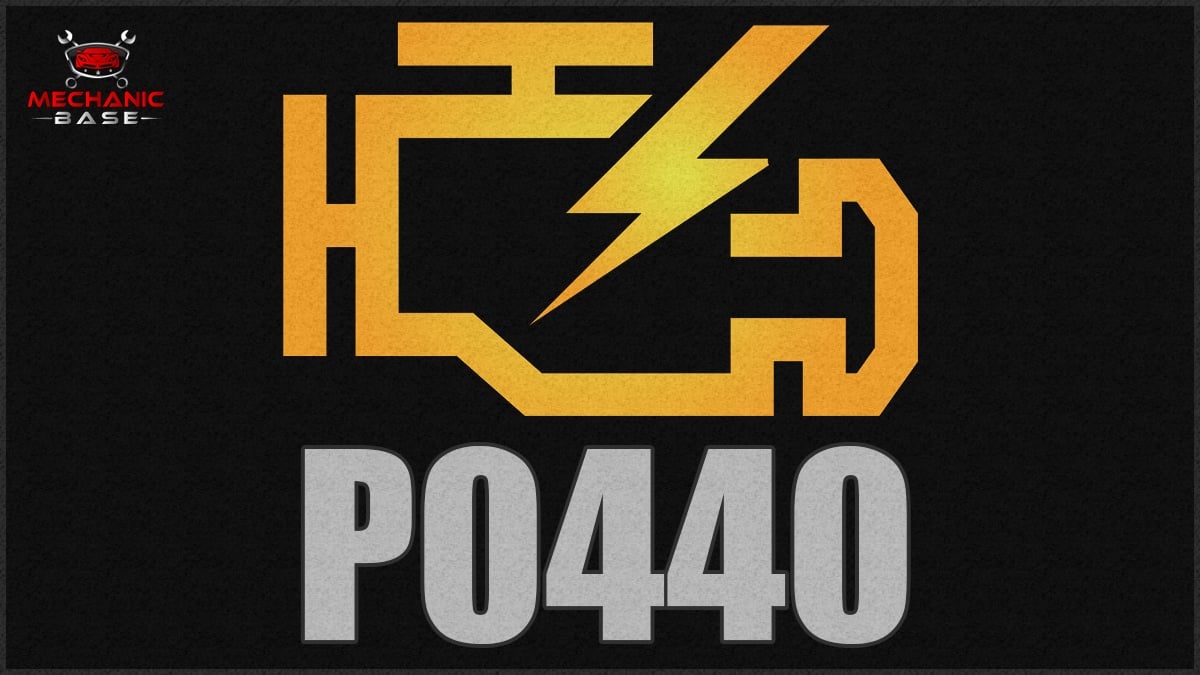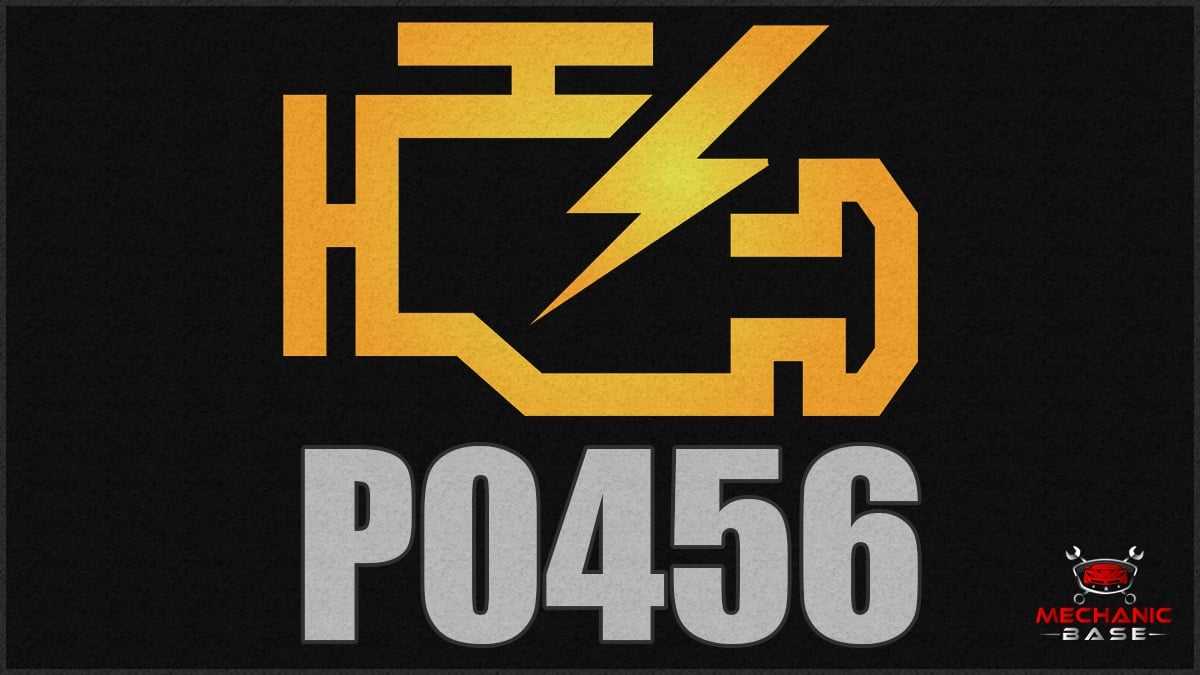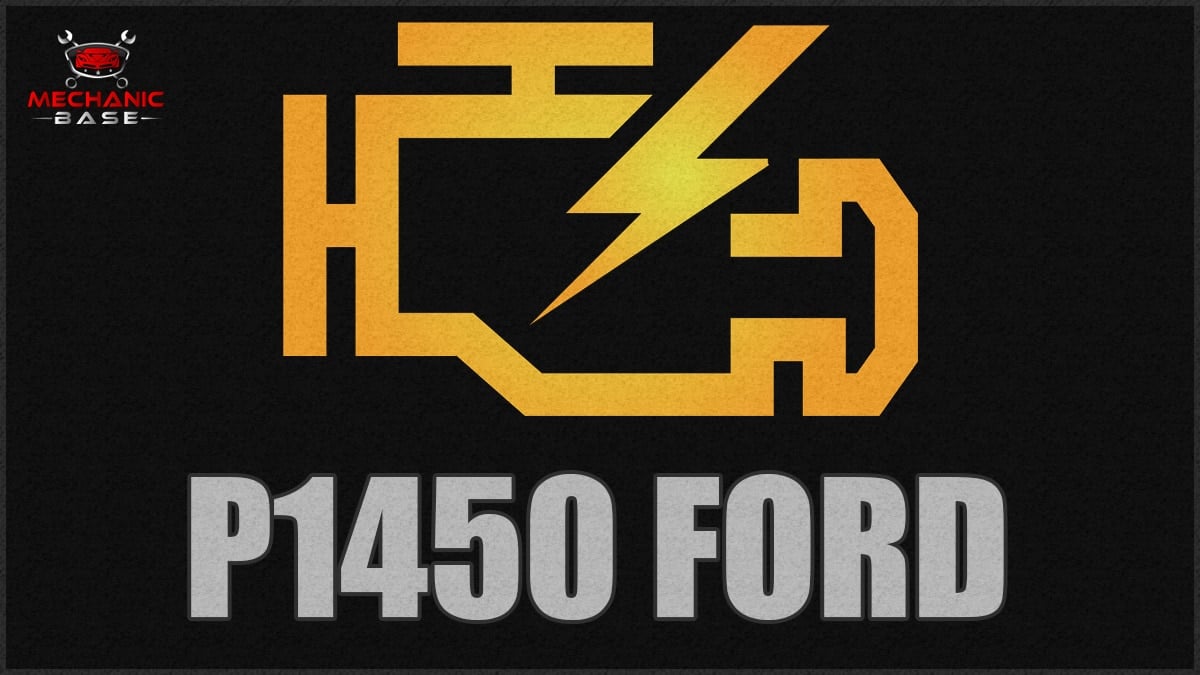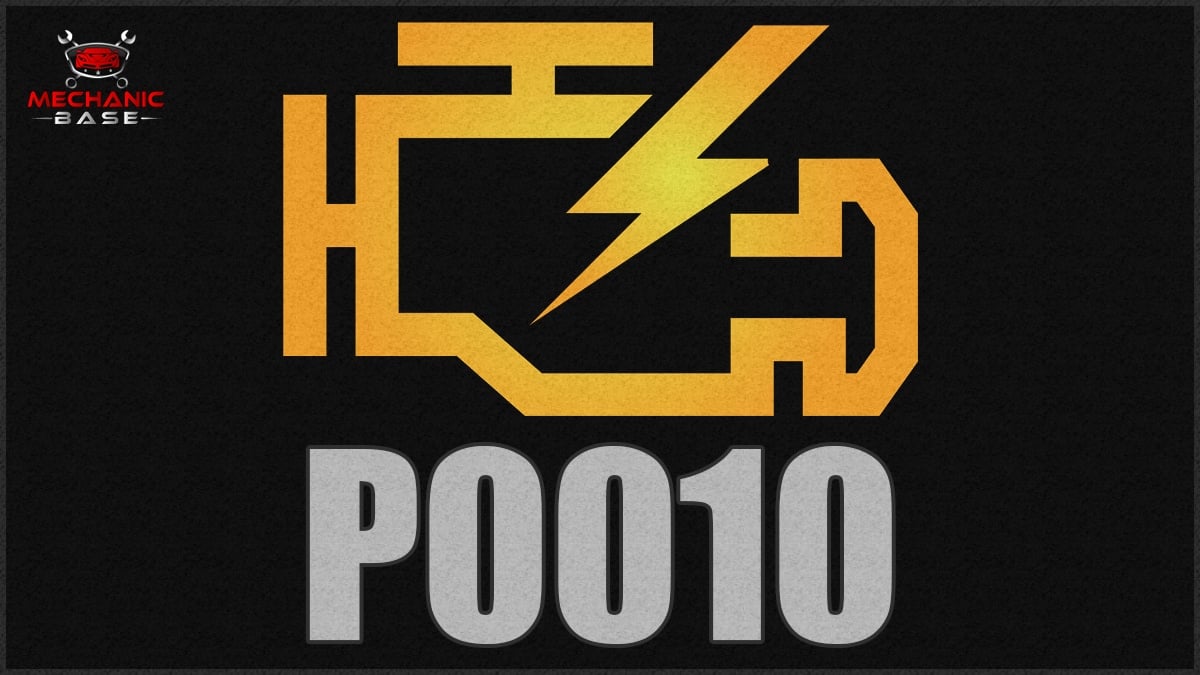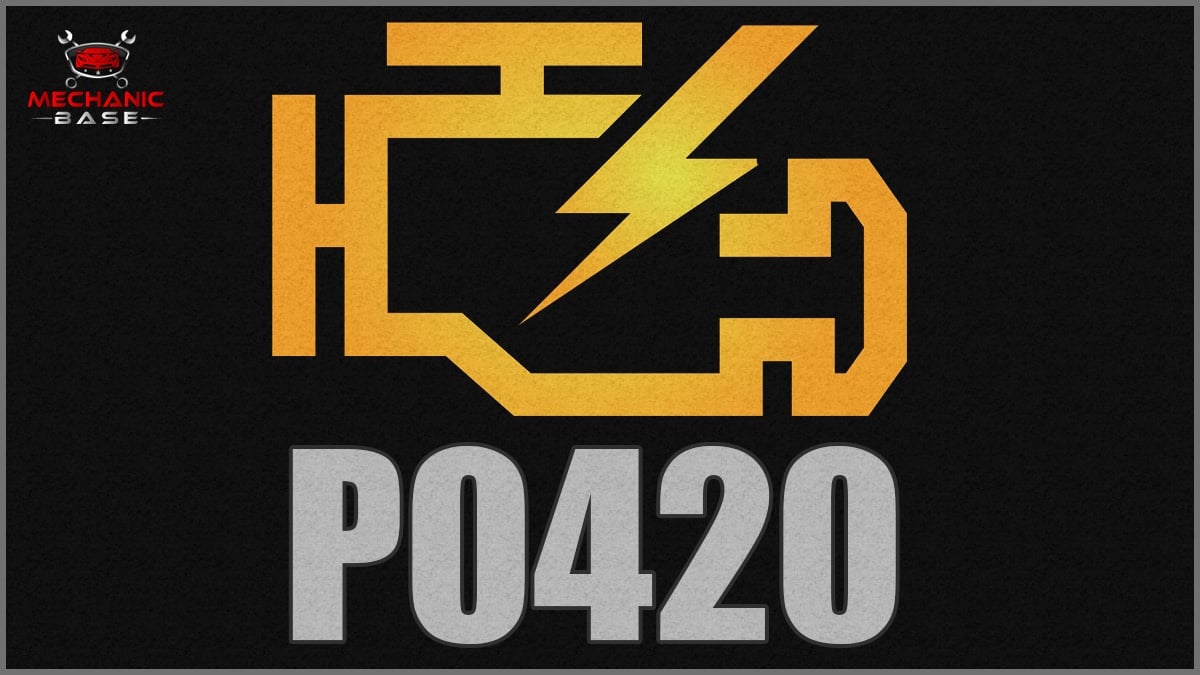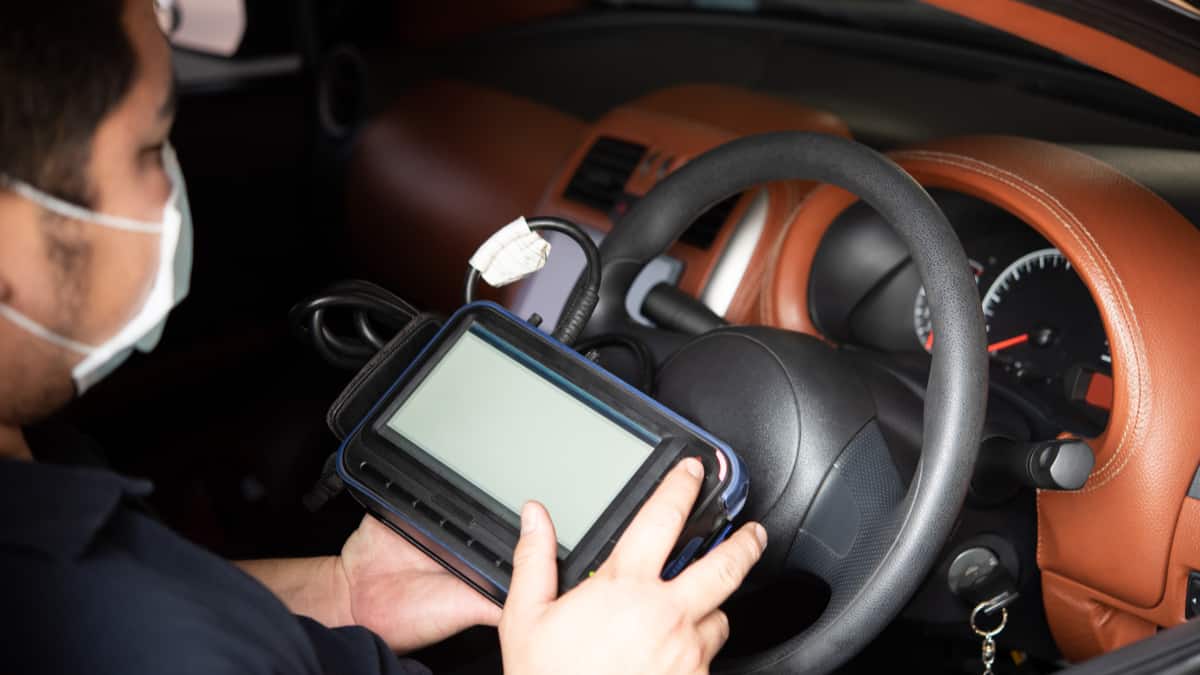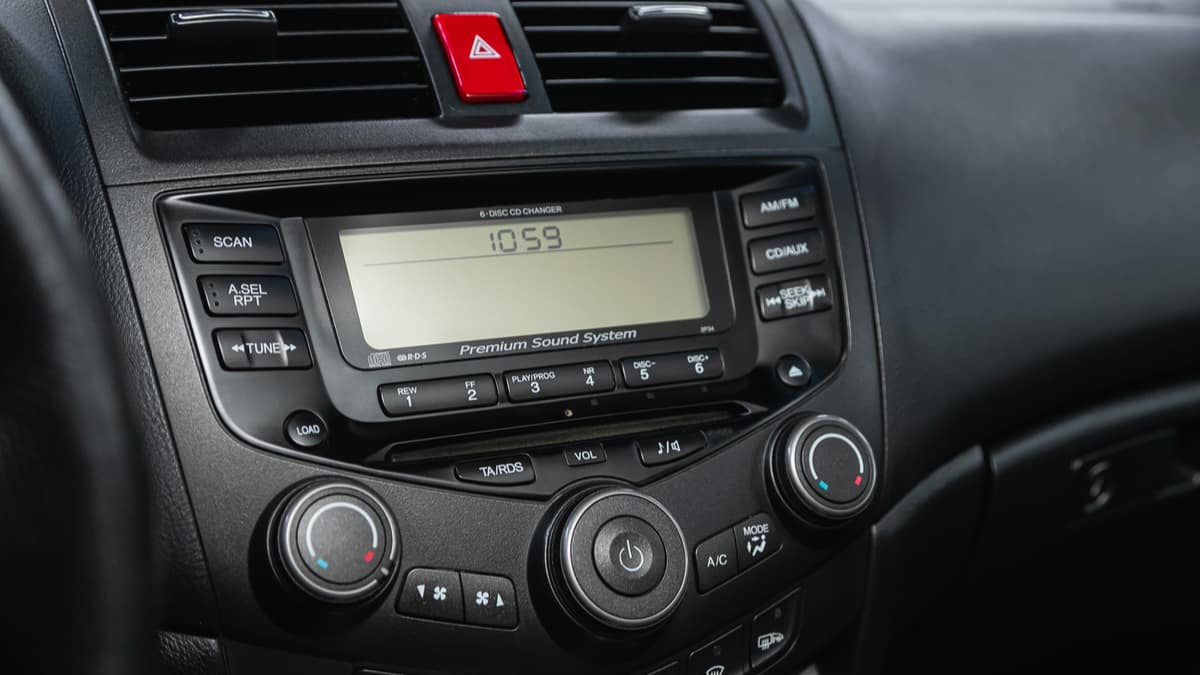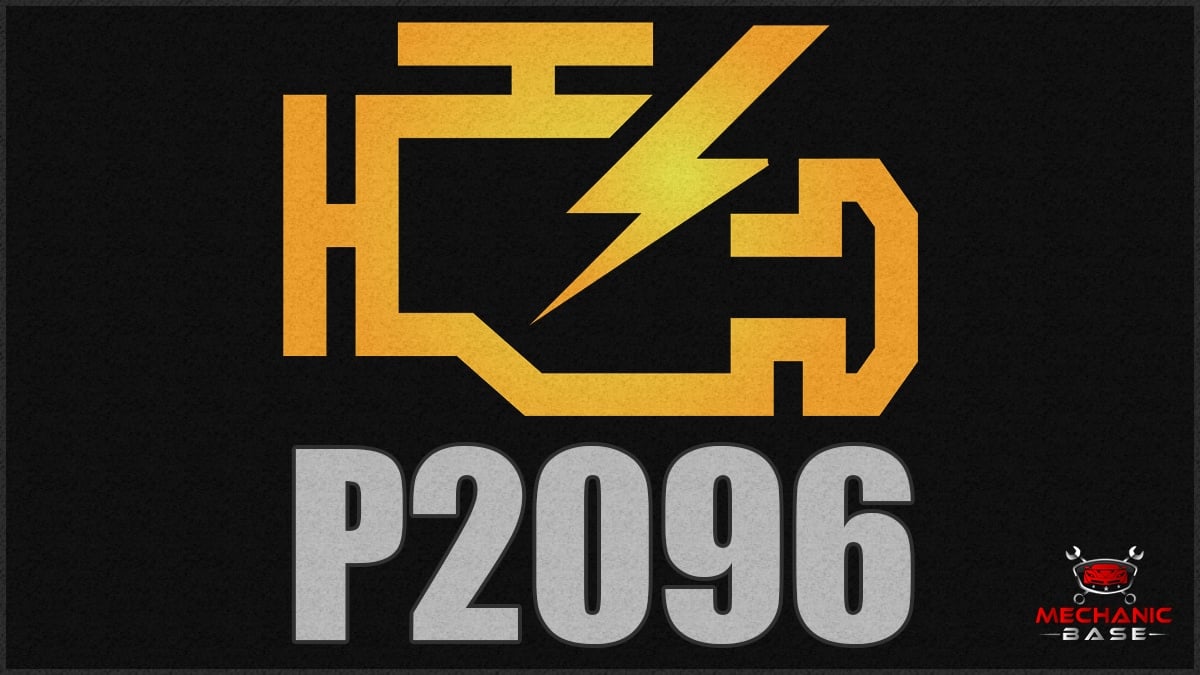The Check Engine Light has just come on your vehicle, and you run the OBDII scanner to see what’s wrong. What you get is the P1450 code, but what does it mean?
In this guide, I evaluate the P1450 trouble code meaning and its top symptoms. I also look at what causes this error code and show you how to fix it.
Code P1450 Definition
- Ford: P1450 – Unable to Bleed Up Fuel Tank Vacuum (Ford)
- Kia: P1450 – Evaporative Emission Canister Purge System Vacuum Leak Detected (Kia)
- Mercedes, Jaguar, Oldsmobile, Lincoln, Mercury: P1450 – Inability of Evaporative Emission Control System to Bleed Fuel Tank
What Does the P1450 Code Mean?
While the actual terms used to describe the P1450 code vary by manufacturer, the overall meaning remains the same. The P1450 code indicates that there’s too much vacuum in the EVAP system or fuel tank. This situation means the PCM cannot bleed the vacuum to maintain proper pressure.
If the high vacuum remains for longer than sixty seconds, the PCM detects a fault. The Check Engine Light comes on, and the P1450 code gets set in the system.
What Are The Symptoms Of P1450?
There aren’t many symptoms associated with the P1450 trouble code. You probably won’t have any drivability issues that change how the vehicle feels. In most cases, you are only going to see the Check Engine Light come on.
Here are some things that could happen.
What Are The Causes Of P1450?
The most common cause of P1450 is a faulty or blocked EVAP purge control valve. It can also be caused by a blocked or clogged EVAP hose or canister. A faulty fuel filler tube could also cause this issue.
Here are the top causes of the P1450 DTC:
- Obstruction of EVAP purge control solenoid or EVAP canister
- Faulty connection hose slowing the fuel vapor transfer from the tank to the EVAP
- Defective EVAP purge control valve
- Jammed-up fuel filter cap
- Corroded or failing connectors or wiring
- Defective charcoal canister
How Serious is the P1450 Code?
Low – The P1450 DTC isn’t considered a major issue, because it doesn’t lead to drivability problems. It also won’t cause any further engine damage, even if the car continues to be driven. With no mechanical issues pressing on you, it’s completely safe to drive.
With that said, there are two problems with continuing to drive this car while the code is set. First, with the Check Engine Light on, you won’t know if there is a more severe issue occurring. If something else breaks during this time, you won’t have any notice.
Additionally, the emissions of the vehicle could be altered because of the problem. More hydrocarbons could be released into the environment, leading to damage to the atmosphere. Your vehicle could also fail an emissions test, which would require immediate repair.
How do I fix the engine code P1450?
There are some repairs that are more common than others. Many people find that one of these repairs fix the P1450 code:
- Replace the EVAP purge control valve.
- Unblock EVAP system hoses
- Replace fuel filler tube
- Replace defective hoses
- Replace charcoal canister
It’s imperative that you perform a complete diagnosis to figure out what’s causing the P1450 before you attempt any repairs. Without this information, you could spend unnecessary money on repairs and parts that aren’t needed.
RELATED: What is an EVAP Leak? (& Is it Safe to Drive with?)
Common P1450 Diagnosis Mistakes
The most common mistake is failing to properly diagnose what’s causing the EVAP system fault. A complete inspection is needed of the fuel tank system, charcoal canister, and EVAP system to figure out what’s going on.
In many situations, it doesn’t even take a complicated repair to fix the problem. You may just need to clean out the system or clear out the connected hoses to get the code to disappear.
How to Diagnose the P1450 Trouble Code?
If you want to figure out what’s causing the P1450 DTC, you must walk through a complete diagnostic evaluation. Don’t just assume you know what the problem is, or you could be spending unnecessary money on repairs.
Here are the steps that most professional mechanics take to diagnose the P1450 code.
- Inspect all of the EVAP hoses, fuel lines, connectors and wiring.
- Loosen up any EVAP connections that are clogged and replace any parts that have broken.
- Test the EVAP purge control valve’s circuit for resistance, ground connectivity and continuity. Look in the repair manual and compare the readings that you get.
- With your code scanner, control the purge control valve and make sure it opens. If the valve works normally, there could be a blockage in the connecting tubes.
- If the issue still persists, inspect the charcoal canister. If any water, charcoal grains, or fuel fall off when you shake it, you should replace it.
- If none of the above steps have revealed any problems, you need to take off all of the vacuum hoses found between the fuel tank linking the EVAP and the canister. Get rid of any blockages or leaks by cleaning or replacing the hoses.
- Reset the trouble code and see if it comes back.
If these steps don’t help you determine what’s wrong, you need to reach out to a professional mechanic for more support. With better diagnostic tools, they can pinpoint the problem easier.
RELATED: 10 Best EVAP Smoke Machines – Review & Buyer’s Guide
How Much Does It Cost To Fix Code P1450?
You can expect it to cost between $10 and $300 to fix the P1450 code in most cases. If it’s just clogged hoses causing the code, you can get it fixed almost for free. However, if you need to replace the purge control valve or charcoal canister, it can cost over $300.
Here are a few of the common fixes and the associated repair costs.
- New EVAP purge control valve – $100 to $300
- New fuel filler tube – $200-$550
- Unblock EVAP system hoses – $50-$550
- Replace defective hoses – $75-$650
- Replace charcoal canister – $150-$750
Mechanics Tips about the P1450 Code
If you notice any other trouble codes at the same time, you may want to repair them first to see if the P1450 DTC goes away on its own. A few that you might run into include:
- P1451 – Evaporative emission control system vent control valve circuit fault
- P1453 – Fuel tank pressure relief valve malfunction
- P1454 – Evaporative system vacuum test malfunction
How To Clear The P1450 Code?
To clear the P1450 code, you will need to use an OBD2 scanner. If you repaired the problem that caused the P1450 code, it might clear itself after a while, but it can take a long time. On some car models, it won’t clear itself.
Can you still drive with P1450?
Yes. It’s usually safe to drive with the P1450 code to the repair shop, but you shouldn’t just ignore it. You need to diagnose the car to fully determine wherever it’s safe to drive with the P1450 code. Also, when the check engine light is on on the dashboard, you will not be able to detect other problems.
Will P1450 clear itself?
Yes. The P1450 code will usually clear itself after a while if you fix the problem causing it, but you can’t expect it to clear itself unless you repair it. On some car models, it may not clear itself, so it is always better to clear the codes with a scanner.
Can P1450 cause misfires?
The P1450 can potentially cause misfires, but it is not a very common correlation for misfires. However, if the purge control valve is leaking, it can cause a P1450 code and an improper air-fuel mixture that can cause misfires.
Related Codes:
- P0440 – Evaporative Emission Control – System Malfunction
- P0441 – Evaporative Emission Control System Incorrect Purge Flow
- P0442 – EVAP System Leak Detected (Small Leak)
- P0445 – Evaporative Emission Control System – Purge Control Valve Circuit Shorted
- P0446 – Evaporative Emission Control System Vent Control Circuit Malfunction
- P0449 – Evaporative Emission Control System Vent Valve/Solenoid Circuit Malfunction
- P0455 – EVAP System Leak Detected (Large Leak)
- P0456 – Evaporative Emissions System – Small Leak Detected
Categories: OBD Codes
